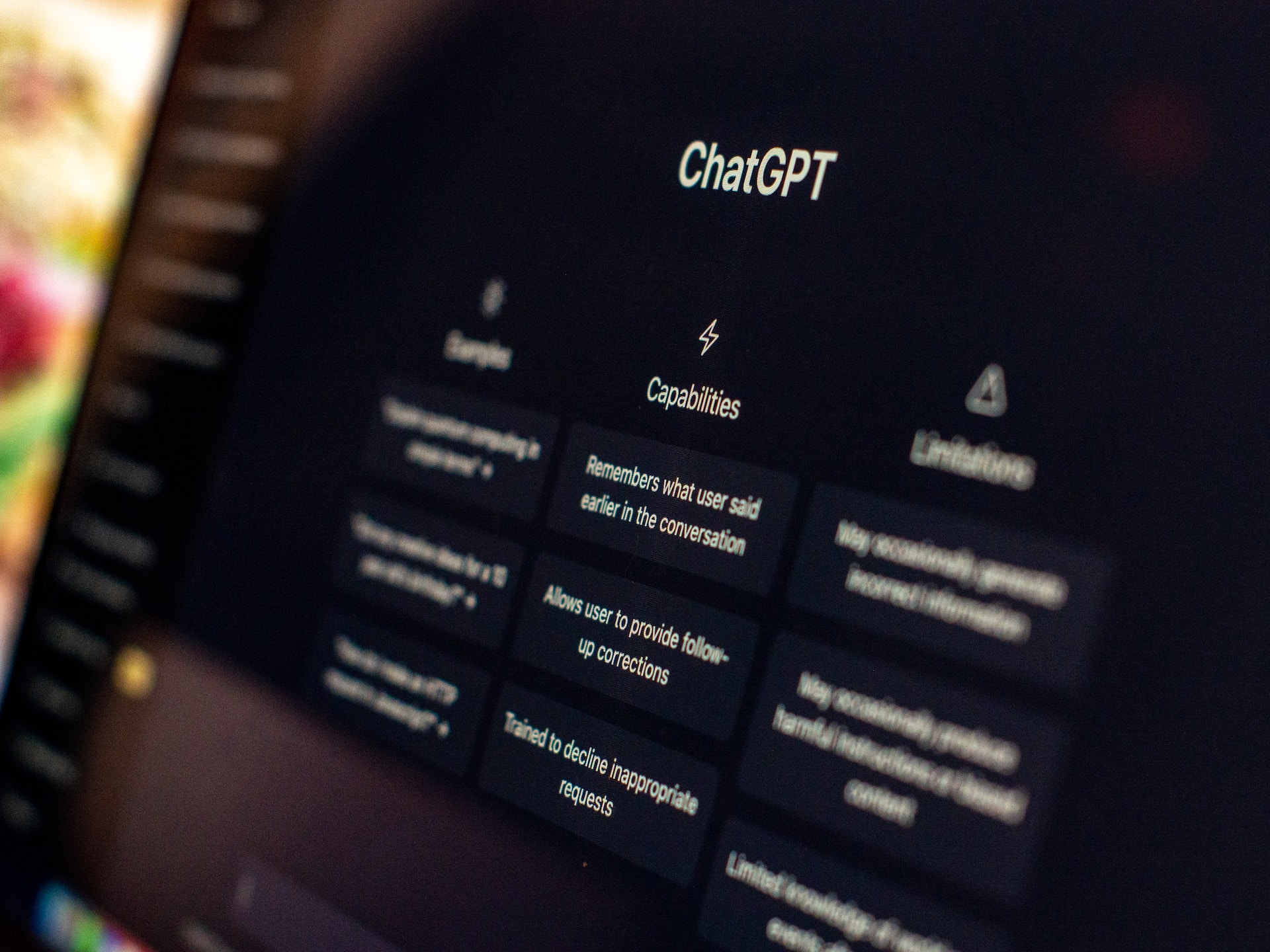Experts across just about every industry have come to accept that ChatGPT could represent a paradigm-shifting disruption to all sorts of processes and practices. At the same time, those of us who have played around with ChatGPT (and there are apparently over 100 million of us at this point) have also come to realize the limitations of the tech pretty quickly.
While ChatGPT has a legitimately uncanny ability to “talk” to the user—at length and in real-time—about an endless variety of topics, it is fundamentally limited by the fact that it has been trained on existing, human-made content. This means that when it comes to actually “creating” something… well, it sort of can’t.
You see, ChatGPT isn’t actually “thinking” or doing research for you. It’s merely running a complex routine against a huge database of text in an effort to put together words that make sense as a response to whatever prompt you gave it.
That doesn’t mean it isn’t useful, however—far from it. While ChatGPT can’t truly “create,” it’s great for other purposes, such as quickly and coherently re-organizing or synthesizing various types of information you feed it. This could be used to take a long list of overly wordy job requirements and turn them into a concise first draft for a job listing, as just one example.
It can also evaluate text (like resumes and CVs) at incredible speed and do so in whatever fashion you’d like (e.g., searching for keywords). Furthermore, changing the query parameters doesn’t require learning SQL or some proprietary software system. With ChatGPT, it’s as simple as changing what you’re asking for in plain English.
Because of the broad applications for these sorts of tasks, are many specific ways recruiters, hiring managers, and HR pros can effectively leverage ChatGPT. So many, in fact, it’s hard to know where to start.
So, why not get it directly from the robot horse’s mouth?
When asking ChatGPT, “what are some ways you might prove useful to a hiring manager?” it is interesting to note that we did not get back the expected short blurb in the program’s usual wishy-washy, redundant style. Instead, it offered an exhaustive list. That list is summarized and analyzed below, with the exception of less supported claims.
- Job description optimization: As mentioned earlier, ChatGPT can also help you create clear, compelling job descriptions to attract great candidates. It can quickly synthesize long lists of job duties and requirements into a more digestible form. Remember, however, that ChatGPT is not a great writer, so you’ll still want to edit the output carefully. Use ChatGPT output as an outline or first draft when creating highly formal documents like job postings and descriptions.
- Interview prep: ChatGPT can provide near-endless lists of potential interview questions sourced from its vast mound of textual data, which no doubt includes many an eBook and blog post about corporate practices and interview techniques. You might even ask it to provide ideal sample answers for those questions if you’re not sure exactly what you’re looking for from your candidates.
- Onboarding and training support: Depending on your industry, it is likely that ChatGPT contains a wealth of industry info that could be helpful to you. When it comes to actually writing employee policies and educational materials, however, you won’t want to use ChatGPT for anything more than generating outlines and ideas. The best way to use ChatGPT in this area is to upload your hand-written documents and ask ChatGPT to provide feedback on problem areas you may be struggling with.
In short, ChatGPT’s impressive natural language AI text generator can be a great tool, as long as you’re not using it as a text generator. Instead, treat it as an all-in-one easy-to-use, organization, and proofreading tool. Applied effectively, ChatGPT will have you saving time on your most tedious tasks, but it cannot replace human creativity in the hiring process.
Stang Decision Systems – Your Trusted Partner for Hiring and Recruiting Tools
For help landing and retaining the right candidates, look no further than Stang Decision Systems and our comprehensive suite of high powered tools.







Leave A Comment